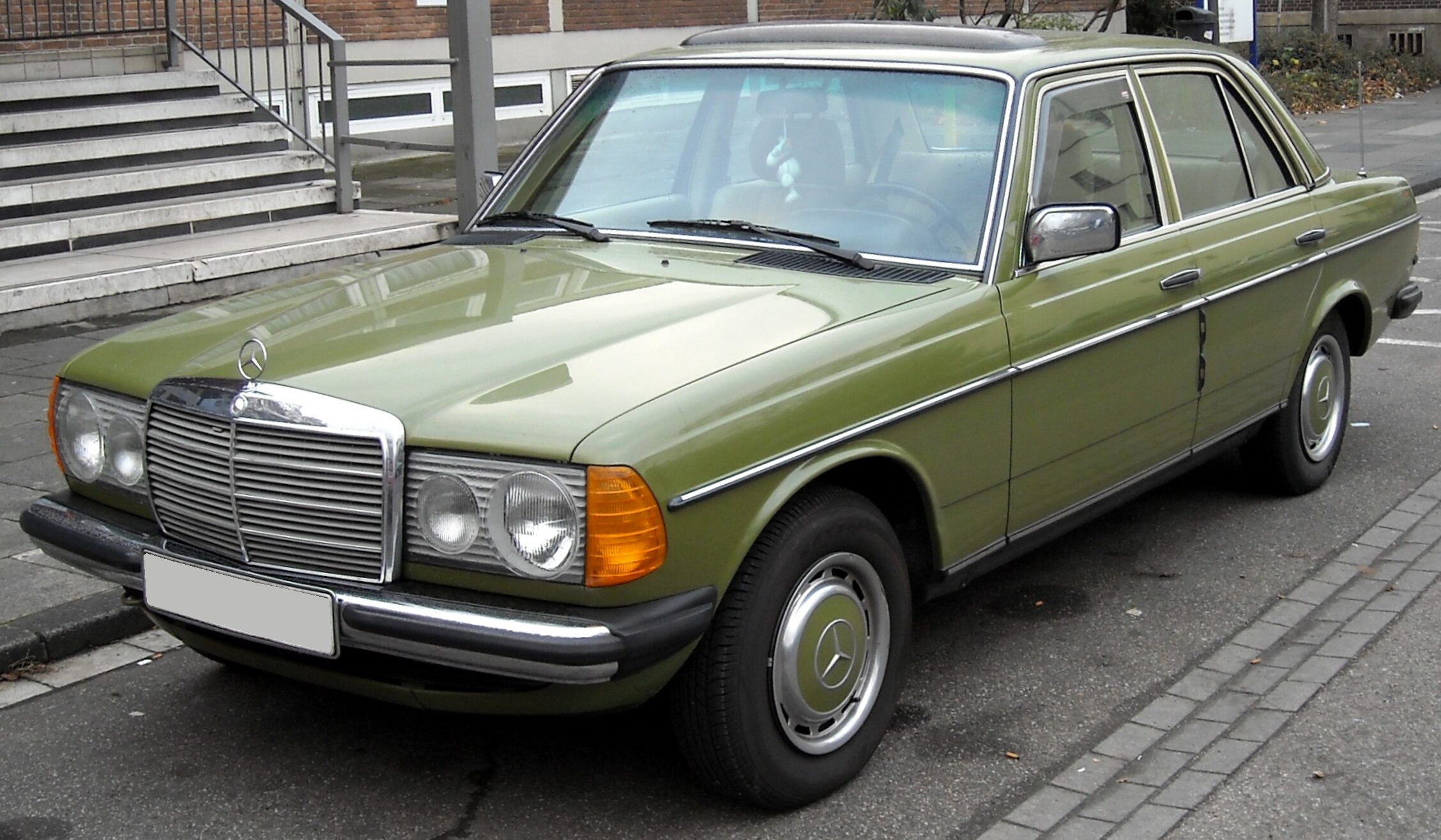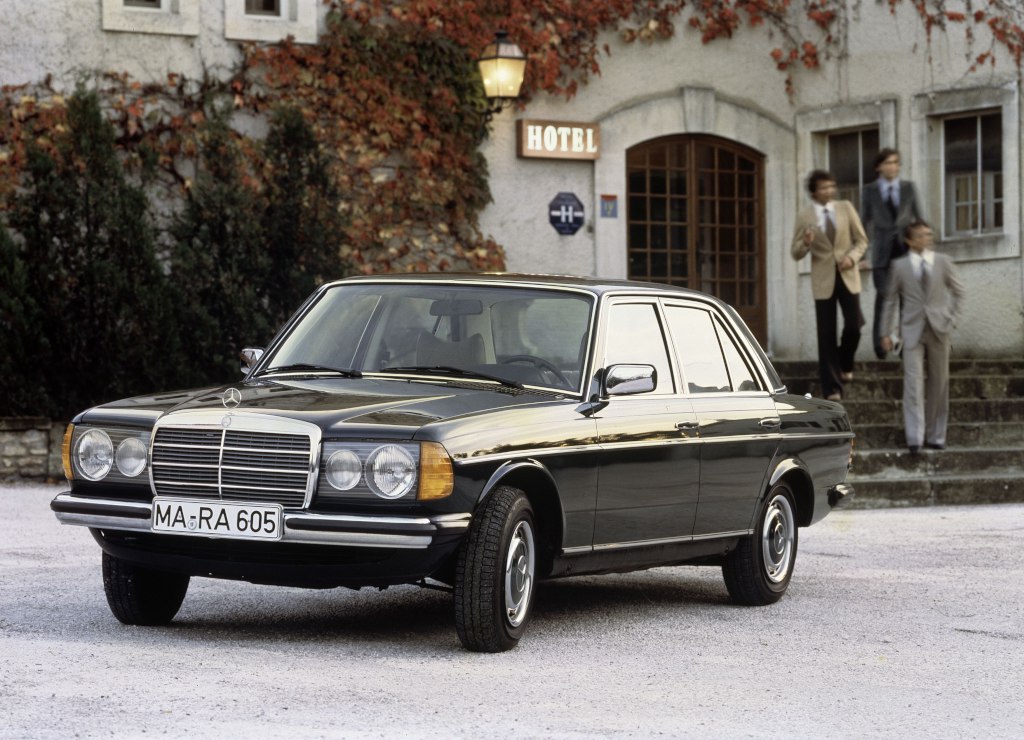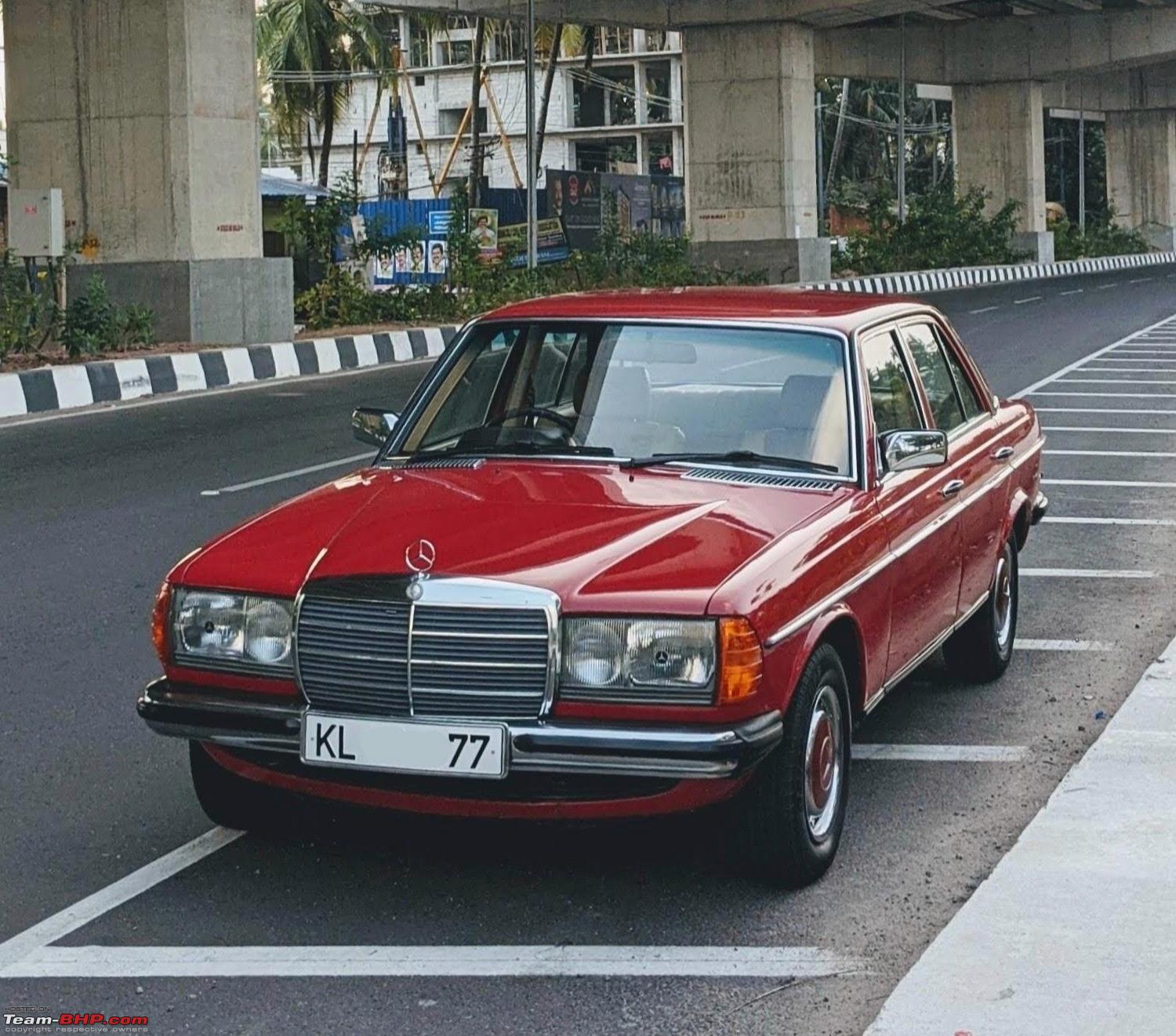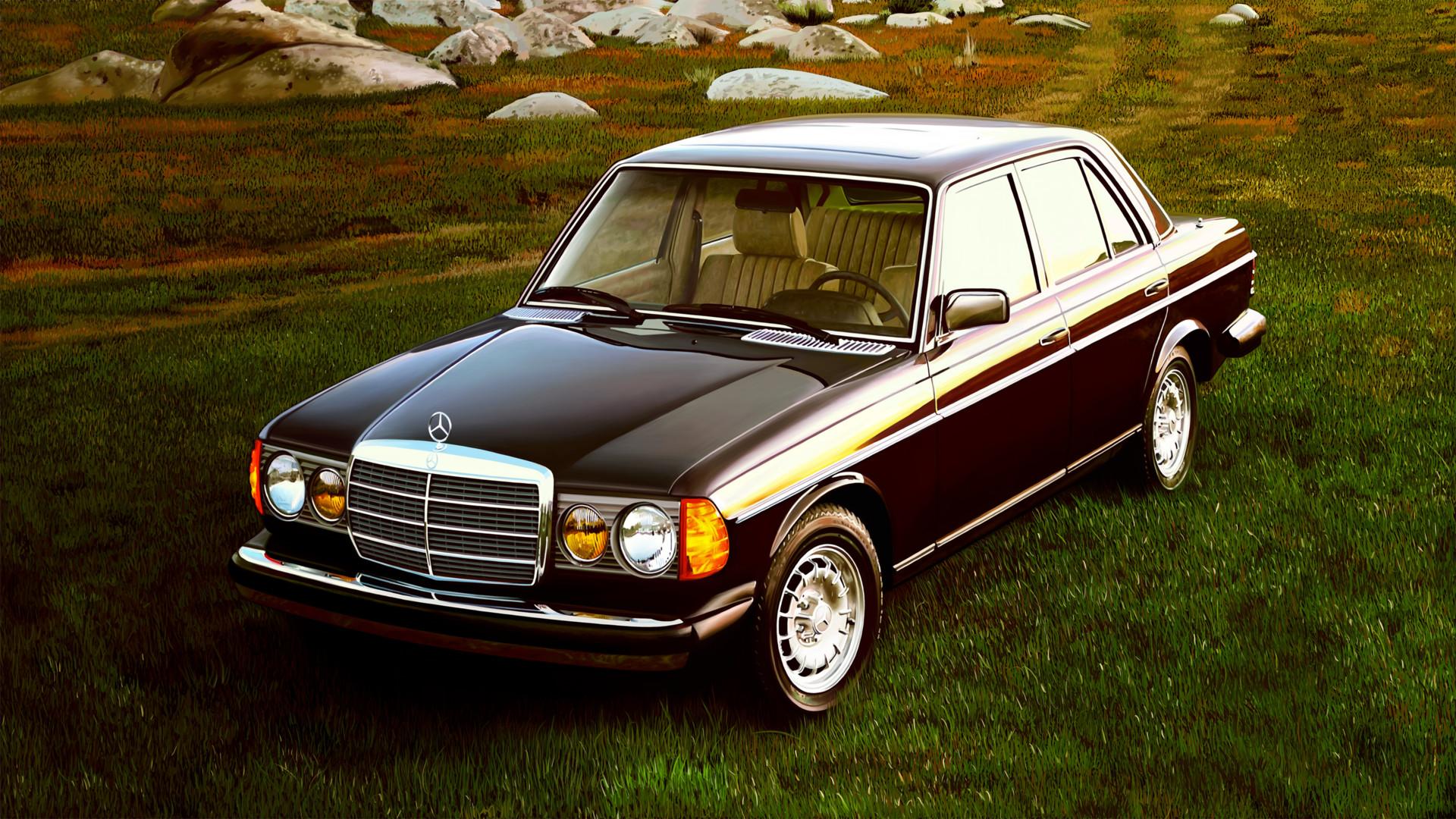The Mercedes-Benz W123 Series: Is It a Future Classic? A Deep Dive
The Mercedes-Benz W123 series. Just the name conjures images of enduring reliability, understated elegance, and a certain… gravitas. These boxy, robust vehicles, produced from 1976 to 1985, were the workhorses of their era, renowned for their longevity and build quality. But are these iconic sedans, coupes, and wagons destined to become coveted classics, joining the ranks of other legendary Mercedes models? Let’s delve into the W123’s history, characteristics, and current market trends to determine if it truly holds the potential to become a future classic.
A Brief History of the Mercedes-Benz W123
The W123 was a direct successor to the iconic W114/W115 “Stroke Eight” models. Mercedes-Benz aimed to build upon the success of its predecessors, incorporating advancements in safety, comfort, and technology. The W123 was designed with a focus on durability and practicality, aiming to be a vehicle that could withstand the rigors of daily use and last for years.
- Production Years: 1976 - 1985
- Body Styles: Sedan (W123), Coupe (C123), Wagon (S123)
- Key Features:
- Superior build quality and robust engineering
- Focus on safety, including crumple zones and advanced braking systems
- Wide range of engine options, including gasoline and diesel variants
- Luxurious interior appointments for the time
What Makes the W123 Appealing Today?
Several factors contribute to the W123’s enduring appeal, making it a strong contender for classic car status. These include:
- Unwavering Reliability: The W123 is legendary for its reliability. Many examples have surpassed hundreds of thousands of miles with minimal maintenance, a testament to Mercedes-Benz’s engineering prowess.
- Timeless Design: The boxy, understated design of the W123 has aged gracefully. It avoids the stylistic fads of the era, resulting in a car that looks classic and elegant even today.
- Ease of Maintenance: While parts can sometimes be harder to find than for modern cars, the W123’s mechanical simplicity makes it relatively easy to maintain and repair, even for DIY enthusiasts.
- Comfort and Luxury: The W123 offered a comfortable and luxurious driving experience for its time, with well-appointed interiors and a smooth ride.
- Strong Community: A vibrant community of W123 enthusiasts exists, providing support, resources, and a shared passion for these classic cars.
Engine Options and Performance: Which W123 to Choose?
The W123 offered a diverse range of engines, each with its own strengths and weaknesses. Choosing the right engine depends on your priorities:
- Diesel Engines (e.g., 240D, 300D): Renowned for their fuel efficiency and longevity. The 300D is particularly sought after for its performance.
- Gasoline Engines (e.g., 230E, 280E): Offer a smoother and more powerful driving experience compared to the diesels, but are generally less fuel-efficient. The 280E is often considered the sweet spot for performance and reliability.
- Considerations: Engine choice often depends on personal preference and intended use. Diesel models are ideal for long-distance cruising and fuel economy, while gasoline models provide more spirited performance. Research specific engine codes and their common issues before making a purchase.
The W123 Market: Current Trends and Future Predictions
The W123 market is currently experiencing a period of appreciation. Well-maintained examples, particularly those in desirable configurations (coupes, wagons, and high-specification models), are steadily increasing in value.
- Factors driving appreciation:
- Increasing demand from classic car enthusiasts.
- Rising prices of similar classic Mercedes-Benz models.
- Growing awareness of the W123’s historical significance and enduring appeal.
- Future Outlook: The W123 is likely to continue its upward trajectory in value, making it a potentially sound investment for classic car enthusiasts. However, like any investment, it’s crucial to research the market, assess the condition of the vehicle, and consider ongoing maintenance costs.
The Mercedes-Benz W123: A Future Classic? The Verdict
The evidence strongly suggests that the Mercedes-Benz W123 series is indeed on its way to becoming a future classic. Its robust build quality, timeless design, historical significance, and growing market appreciation all point towards a bright future for these iconic vehicles. While the market is still evolving, now might be an opportune time to acquire a well-maintained W123 and enjoy the experience of owning a true automotive legend.
Frequently Asked Questions about the Mercedes-Benz W123
1. What are the common problems with the W123?
While known for reliability, common issues include rust (especially in certain areas), worn suspension components, and potential issues with the fuel injection system in gasoline models. Diesel engines are generally very reliable but can suffer from issues like worn valve guides or cracked cylinder heads if not maintained properly.
2. Which W123 model is the most desirable?
The coupe (C123) and wagon (S123) models are generally more sought after due to their rarity and unique styling. The 300D (diesel) and 280E (gasoline) models are also highly desirable for their performance and reliability.
3. How much does a W123 cost?
Prices vary widely depending on condition, model, and location. You can find project cars for a few thousand dollars, while pristine, well-maintained examples can fetch upwards of $20,000 or more.
4. Where can I find parts for a W123?
Parts are readily available from various sources, including online retailers specializing in classic Mercedes-Benz parts, independent repair shops, and the Mercedes-Benz Classic Center.
5. Is the W123 a good car for a daily driver?
Yes, in many ways. The W123 is comfortable, reliable, and relatively easy to maintain. However, finding a truly rust-free example can be challenging, and fuel economy may not match modern standards. Consider the cost of maintenance and potential repairs before using a W123 as a daily driver.




